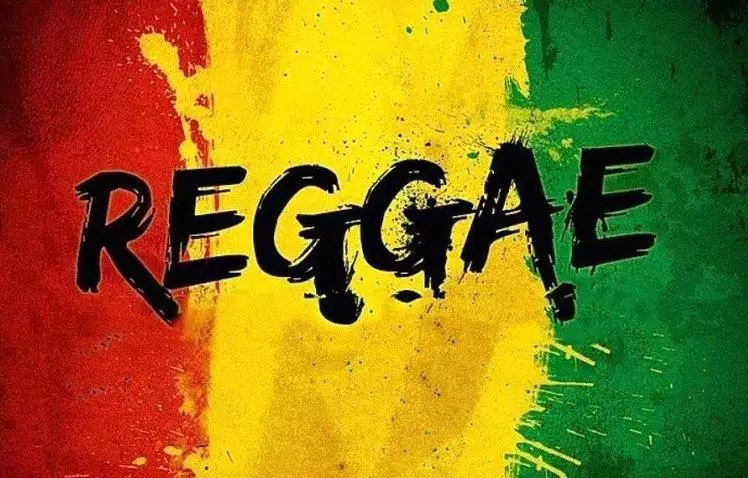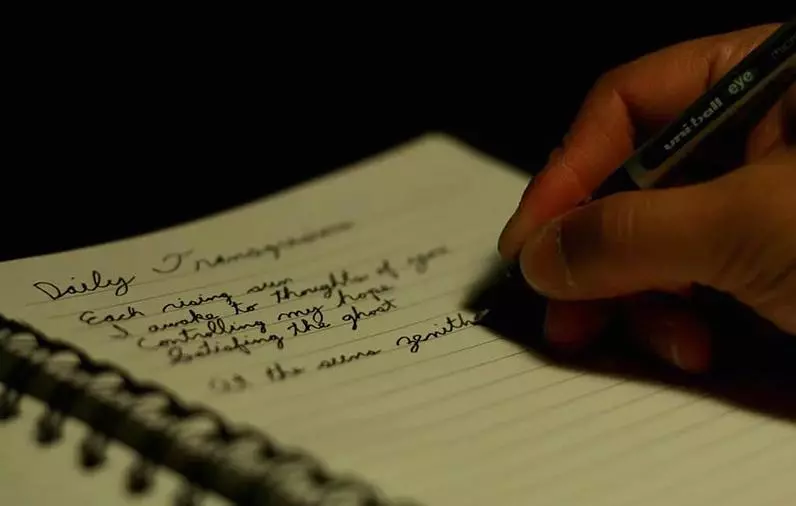What is bridge in music?

In the world of music, especially when it comes to songwriting, there is a concept known as bridge. In this lesson, I plan to share with you the essence of the bridge, its purpose, and, as always, I will complement the theory with practice, demonstrating the process of creating such a part of the composition right in front of you and explaining how it can be done.
A bridge is an element that links the different segments of a song. This is usually a short section of a few bars that is placed between the first chorus and the second verse, serving as a transition rather than being the main element that comes after the middle of the track.
The creative process of songwriting requires significant effort and time. Some artists dedicate their entire lives to perfecting the art of songwriting, spending hours, days and even years to perfect just one track. Success in this matter is determined not only by the skill of the musicians and producers, but also by the quality of the song itself.
There is no universal recipe that determines the success of a composition. Many believe that the best tracks follow the classic verse-chorus-verse-chorus-bridge-chorus structure. But what about exceptions such as The Killers’ “Mr. Brightside”, which, despite its atypical structure, still ranks high in the UK charts? This phenomenon still remains a mystery to many authors, but its success is undeniable.
Following the structure of the song is not mandatory, but it helps the authors express the musical and textual idea to the fullest, with each element playing its role in conveying the meaning of the composition. Bridge is especially significant in this context, providing an opportunity for emotional depth and expression. The skill in its creation can be the difference between a merely good song and a great one. Here’s why the bridge is so important and how to use it effectively in a composition.
What is a song?
In order to delve deeper into the essence of the bridge, it is first worth understanding what the song actually is. Although each of us is familiar with songs, it is interesting to understand what exactly creates a song from musical sounds.
A standard song has three main components: lyrics, melody and harmony. Lyrics are the verbal content of a song through which the author expresses the main idea or emotion, providing the listener with food for thought, whether in direct or encrypted form.
Melody plays a key role in conveying these words or emotions, being the sequence of sounds that come to the fore in the song. This can be a melody performed by a voice, or a melody created by a leading musical instrument or group of instruments.
Harmony, in turn, represents the chordal basis of the piece, providing musical support for the melody. Played by the rest of the instruments, it gives the song integrity and strengthens its structure, creating a rich and harmonious background.
What are the different parts of a song structure?
Continuing the conversation about the structure of a song, it is important to realize the variety of its components, which together turn a song into something grandiose, overcoming a simple performance by a singer or musical instrument. The basic elements of a song include the verses, chorus, and bridge, although the composition may also include additional segments such as intros, outros, breaks, and transitions, each of which makes a unique contribution to the overall structure.
The verses of a song serve to convey its narrative and context, revealing the depth of ideas and meaning. This is where the main theme is revealed, the story is told, and the emotional background is established. The musical structure of the verses often remains unchanged, which helps create a sense of unity and integrity of the work.
The chorus of the song is the climax, an emotional outburst that is deeply etched in the listener’s memory. As Dave Grohl once put it, a chorus should be thought of as a “bumper slogan”—short, punchy, and catchy. This is the part that listeners return to again and again, and which becomes decisive for the perception of the song as a whole.
Bridge
And now we come to the bridge – a unique moment in the song where the authors have complete freedom of expression and strive to convey the depth of their message to the listener. This segment reveals the soul of the composition, becoming a place of maximum emotional openness and penetration. The bridge serves not just as a passage, but as the pinnacle of the narrative, where destinies intertwine, the plot finds its resolution, and emotions reach their climax.
Usually the bridge is not followed by additional verses, since it serves as a conclusion, after which nothing can be added. The bridge is designed to take all the accumulated tension, both lyrical and musical, and raise it to such a high level that the limit seems to be about to be reached. And then, reaching its peak, the tension is dissipated by an exciting chorus that puts an end to the composition. If you imagine music as an alternation of tension and its release, then the bridge symbolizes the former, and the chorus symbolizes the latter.
Among the many great bridges in music, the bridge in Coldplay’s “Fix You” stands out, reaching emotional heights and ending with a powerful chorus that makes it truly magnificent. The bridge to Bon Iver’s “Skinny Love” serves as the track’s climax, releasing all the weight of feelings that have accumulated up to that point. The simplicity of the bridge on Radiohead’s “Creep”, where voice and guitar merge into one, creates a flawless expression of vulnerability and honesty.
The bridge turns the song not just into a piece of music, but into real art. Understanding and knowing how to use the bridge correctly can elevate any song to the highest level of mastery. Keep experimenting with bridges and you are sure to create your own masterpieces.
What’s the point of creating a bridge anyway?
The bridge solves two key problems in song structure:
- The first is to introduce variety, diluting the ordinariness of the compositional form;
- The second is to maintain the listener’s interest by enriching the transition between the chorus and the subsequent verse with new musical ideas.
I note that within standard pop music, the bridge should not be confused with the main instrumental run. This run-through is often placed after the second chorus, making it the richest and most detailed part of the track. In contrast, the bridge acts as a link between the chorus and verse, offering the audience a break from the main theme.
Let’s now talk about what sound elements a bridge should have. If you are wondering about the components of this part of the song, then it is important to understand that the bridge should stand out clearly from the chorus and verses. The goal is to create a moment of newness and freshness, causing the listener to temporarily switch to a new sound, and then smoothly return to the main theme, which will be continued in the next verse.
How unison can help
If you’re looking for inspiration and want to take your creativity to the next level, be sure to check out Unison. Here you will find a treasure trove of tools designed to bring your most ambitious musical ideas to life.
Do you feel that your tracks lack “soul”, but are not ready to waste money on studio recordings? Our vocal kits will add the sound you need in just a few moments, allowing you to take your compositions to a professional level and give a voice to an entire generation.
Do you want to make your music production process more efficient so that you can create unique and exciting compositions in less time? Our MIDI kits will inspire you and help you discover new harmonies. If you’re a Serum fan but are tired of endlessly playing through monotonous and boring sounds, our Serum presets will offer you professional sounds for any music genre. Get access to studio-quality sound without extra effort. We’re here to inspire you to create new songs, helping you turn the music ideas in your head into your next biggest hit.
How exactly should the bridge differ from the chorus and verse?
We’ll describe two approaches to song structure, including the use of a bridge to achieve variety and hold the listener’s interest.
- The first approach is to create richer verses and choruses while making the bridge less rich. This technique helps create contrast between the main parts of the song and the bridge, giving the piece depth and variety;
- The second approach is the opposite of the first: the verses and choruses sound less intense compared to the more dynamic and rich bridge. This method has become especially popular recently as it allows you to focus on the vocals in the verses and choruses, creating a softer, airier sound, and then bring in a full drum section in the bridge, making it the highlight of the song.
In the context of the second type of vocal composition, the vocal plays a leading role, creating a feeling of lightness and spaciousness. This is achieved through the use of high-quality reverberation and an emphasis on the melody of vocals. When the bridge arrives, it sounds much richer than the rest of the section, with the full drum section coming in and new harmonic elements added to create a climax or drop before the song returns to the light and airy vocal section.
The purpose of a bridge in this structure is to draw the listener’s attention to new musical content and sound, creating interest and variety in the composition. Using vocal chops in the bridge can add originality and uniqueness, making the song more memorable.
An alternative approach is also discussed, in which the drum section is introduced already in the first chorus, creating maximum richness and dynamics, while the bridge becomes light and unloaded. This approach is traditional for Russian pop music and allows you to create a contrast between a dynamic chorus and a calmer bridge.
In both approaches, the key element is to create contrast and variety in the musical composition to hold the listener’s attention and provide a unique musical experience.










